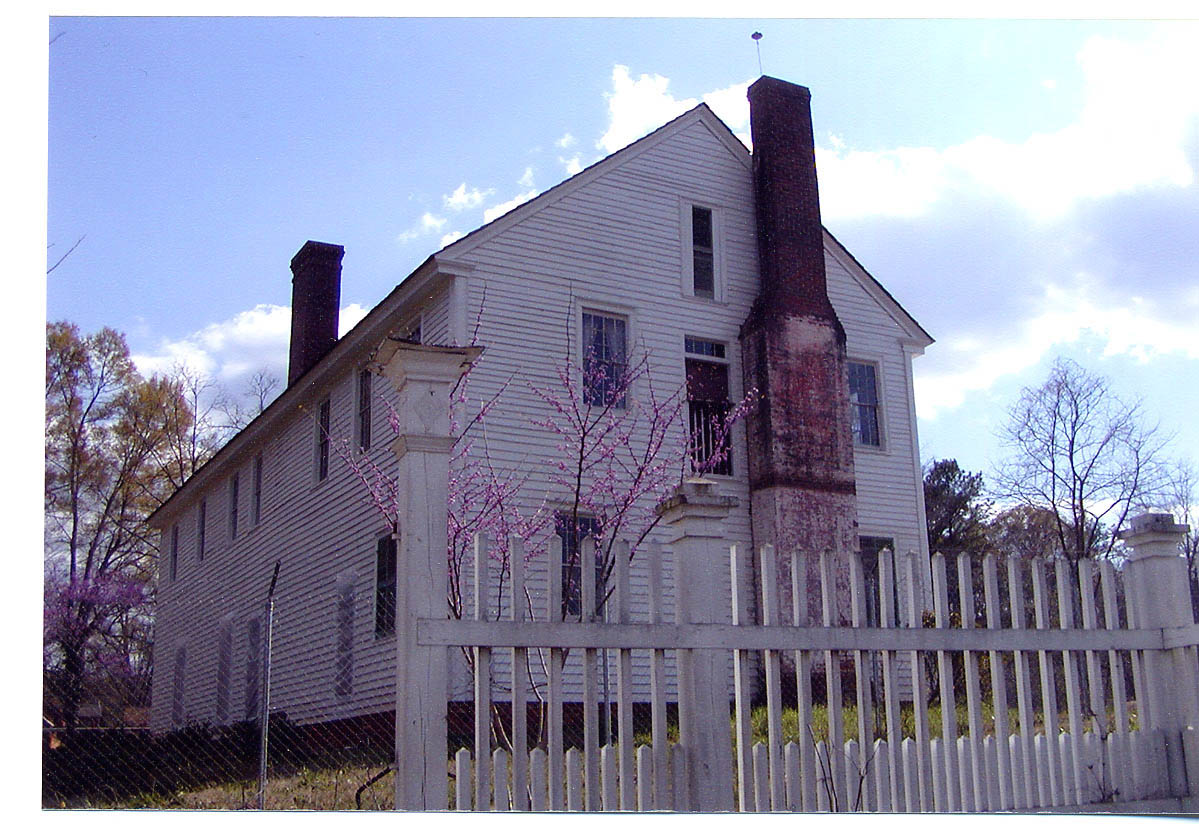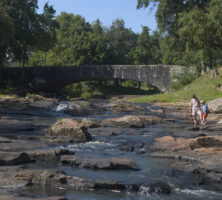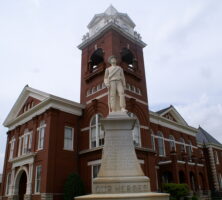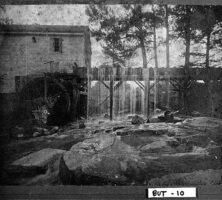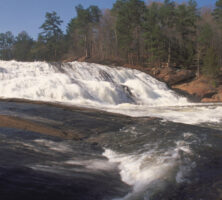Butts County, located between Atlanta and Macon, was carved from parts of Henry and Monroe counties in 1825 by the state legislature and presented to Governor George Troup as a gift.
The 187-square-mile county was named for Captain Samuel Butts, a Virginian who was killed in the Battle of Calabee in Alabama during the Creek Indian War of 1811-15. Butts County is one of several bedroom communities for the metropolitan Atlanta and Macon areas. According to the 2020 U.S. census, the county population is 25,434, an increase from the 2010 population of 23,655.
Towns and Communities
The county seat, Jackson, was named after U.S. president Andrew Jackson, who had in 1818 spent a few weeks in the area before continuing on to Florida to fight the Seminoles in the First Seminole War. Much of the town, including an earlier courthouse, was burned by Sherman’s troops during the Civil War (1861-65). The current courthouse was built in 1898 and placed on the National Register of Historic Places in 1980.
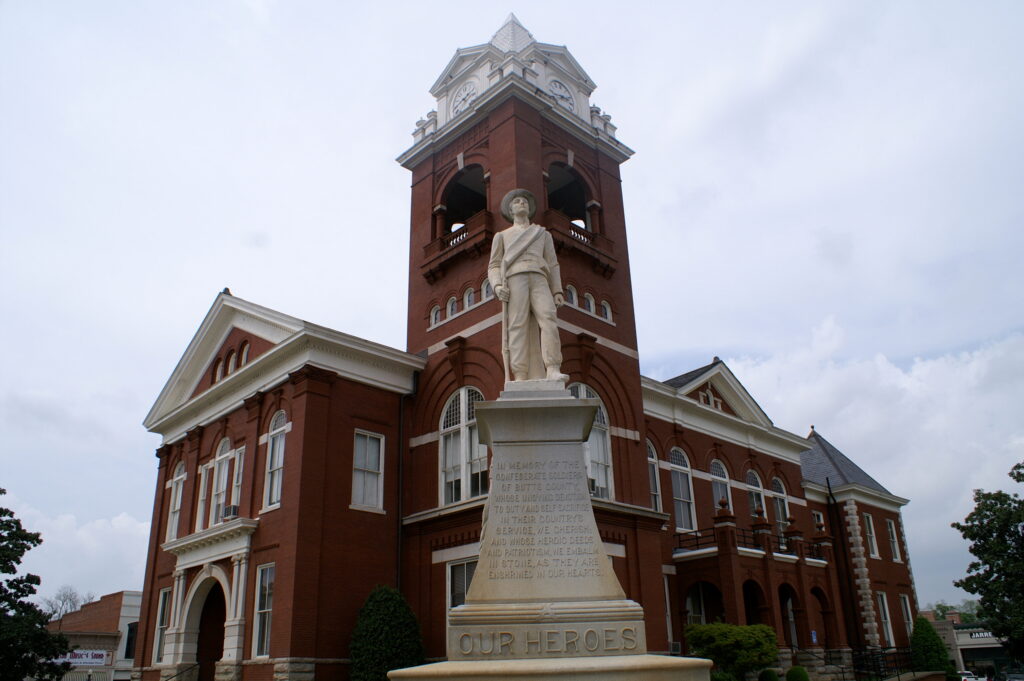
Other incorporated towns in the county are Flovilla and Jenkinsburg. Flovilla was incorporated in 1885, having changed its name from Indian Springs. One of Butts County’s attractions, the Old Flovilla Schoolhouse (used from 1885 to 1932), is located in the town. William Ferguson Smith, newspaper editor, author, and prime mover behind the development of Butts County, came from Flovilla. Jenkinsburg, incorporated in 1889, was named after William Jenkins, whose 1881 grant of land to the Southern Railroad allowed the company to build track through the town. Pepperton started out as an African American village near a well-known field of red peppers and became a mill town. It was incorporated in 1897 but was annexed by Jackson in 1996 and is now referred to as East Jackson.
Indian Springs State Park
Originally inhabited by mound builders and then Creek Indians, the county celebrates the region’s first inhabitants with annual festivals and maintains concrete reminders of them, including Indian Springs State Park. Established in 1927, Indian Springs State Park claims to be the oldest state park in the United States. Used for centuries by Native Americans for healing purposes, the sulfur springs for which the park is named were first discovered by white men in 1792, when a U.S. Indian agent, Douglas Watson, came across them. Although he named the area Gunpowder Springs for the water’s taste, the springs’ reputed restorative powers attracted nineteenth-century travelers.
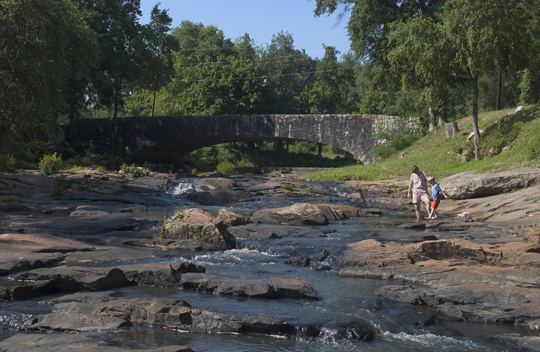
A resort hotel was built at the springs in 1823 by Chief William McIntosh, whose Creek Indian mother had married one of the early Scots settlers, Captain William McIntosh, in Georgia. The younger William McIntosh was educated in Savannah, where his father lived, and joined Andrew Jackson’s forces during the War of 1812 (1812-15), gaining the rank of brigadier general. McIntosh, the Creeks’ spokesman during negotiations over land distribution, signed away all Creek lands in Georgia to the U.S. government in 1825, to the distress of the Creek leaders. The agreement took place in a conference room (later called the Treaty Room) in his own hotel. The Treaty of Indian Springs, as it is now called, led to his murder three months later by angry Creeks who felt betrayed by him.
Chief McIntosh’s hotel and the medicinal springs remained a popular resort until the Great Depression. Their success was fostered by the construction of the Flovilla and Indian Springs Railroad in 1889. The hotel was placed on the National Register of Historic Places in 1973. Nearby is the Indian Springs Chapel, built in the late 1890s. It functioned as a Baptist church until 1992, when it was given to the Butts County Historical Society for preservation.
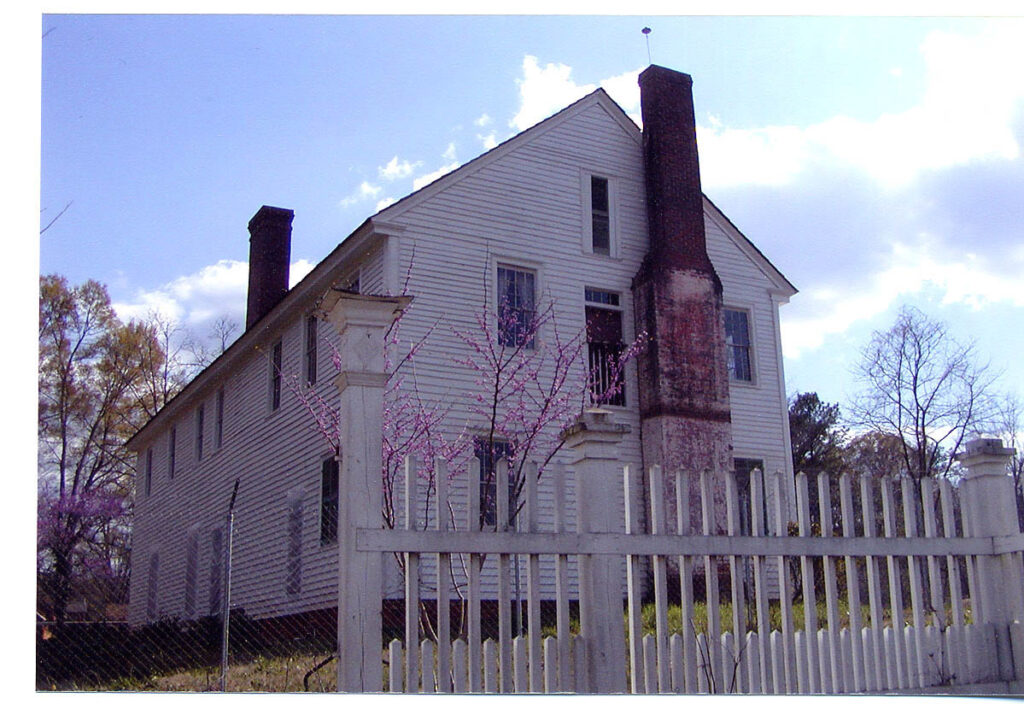
Also located within the park are an Indian museum, housed in a building constructed by the Civilian Conservation Corps, and Idlewilde (also known as the Rastello House), another historic building. Idlewilde was built around 1907 on land originally purchased by Robert Grier Bryans, a great-grandson of Robert Grier. Grier, an amateur astronomer, contributed to and likely founded Grier’s Almanac. The park’s offices are located in a house built by Grier’s sisters and later sold to Willis B. Powell, a good friend of U.S. president Franklin D. Roosevelt, who stayed there occasionally. It has been on the National Register of Historic Buildings since 1999.
Economy and Employment
The economy of Butts County started moving from agriculture to industry quite early, with tanneries, hat-making establishments, and candle-making factories among the earliest manufacturing ventures. The transition from agriculture was boosted by the ease of transportation (including a number of early ferries) along the local rivers as well as the harnessing of water power to run processing mills. Waterwheel-powered mills were built on nearly every waterway within reach of county residents. One of the first was a gristmill built by Parker Lindsay in the 1840s at a location known as Seven Islands. The railroads crisscrossing the area beginning in 1882 promoted increased industrialization. An example of this was the Pepperton Cotton Mills, established in 1896.

In 1908 the construction of the Lloyd Shoals Dam on the Ocmulgee River was begun, leading to a steady supply of hydroelectric power in the county by 1910. This local power source resulted in the further industrialization of the county’s economy. Among the large businesses brought to the area were several soft drink bottling plants and the Jackson Ice Corporation (1920). Although the area did not escape the economic hardships brought by the Great Depression in the 1930s, the wartime economy of the 1940s helped it to regain its footing, and today it retains a diversified industrial base. As with many small rural towns, Jackson’s downtown has had a hard time competing with the nearby malls and chain stores.
Places and People
Points of interest, in addition to Indian Springs, include the J. R. Carmichael House in Jackson and several recreational facilities: High Falls State Park; Lloyd Shoals Dam Reservoir, also called Jackson Lake; and Piedmont National Wildlife Refuge, which was established in 1939 and protects 35,000 acres of loblolly pine and hardwood forest habitat for the wild animals living there.
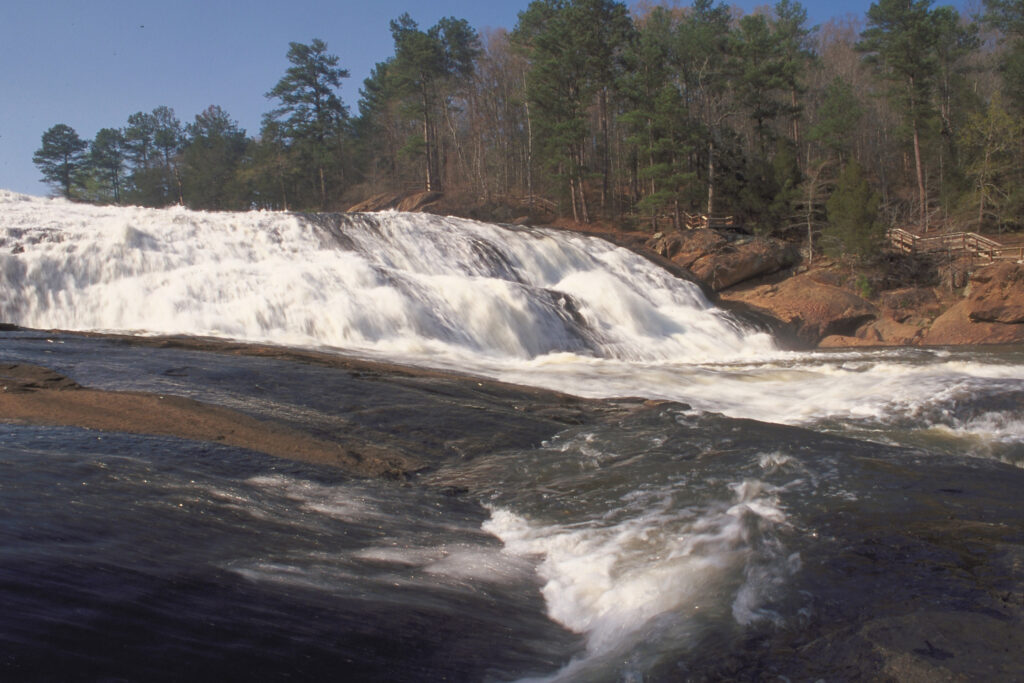
Recurring events sponsored by the Butts County Historical Society as fundraisers for their projects include the Dogwood Festival in April, the Annual Invitational Fine Arts Festival in May, the Freedom Celebration in July, the Native American Festival in September, Civil War Days, the “Home for the Holidays” celebration, and the Scottish Festival.
Notable residents of Butts County include Clarence Lemar Burpee, a railway man born in Jackson in 1894, who became a commanding officer in the 703rd Railway Grand Division of the Allies during World War II (1941-45). As assistant chief of transportation in the Military Railways Division of the European Theater of Operations in 1944-45, he achieved the rank of brigadier general and was awarded the Distinguished Service Medal and Legion of Merit. John Head, a veteran journalist and newspaper editor, was raised in Jackson. Head serves as chair of the Penn Foundation and has authored two books, We Were the Land’s: The Biography of a Homeplace (1999) and Standing in the Shadows: Understanding and Overcoming Depression in Black Men (2004). His brother Fred was the first African American elected to the Butts County Commission.






